EFFORT POST WARNING......
I will preface this that it is perhaps a bit abrupt in the wording. I don't mean to deliver some kind of ideological smackdown, I'm under the usual swath of deadlines but feel it is important to reply in a substantive fashion, promptly, lest this kind of either (misread?) statement catch on, even if it's just misconstrued by the various readers far down the line. Please keep in mind the context here. I have a tendency to be involved in various construction defect and peer reviews and while these comments may be harsh, or tersely worded, they are ultimately meant the way
Neil went through Terrence Howard's thesis on math, or physics, I'm not sure what that thesis was supposed to cover. I haven't read it and I don't recall the Discussion from Neil all that well at the moment.
If we shadows have offended....
DTS419 said:
Simply put, safety factors are there to account [f]or all variation and mistakes from design, manufacturing, and construction
NO.
NO. NO. NO.
NO.
They are there to provide a reasonably low (or "acceptably low) probability of failure, and to accommodate material variations and tolerances. Normal variations in materials, tolerances, etc. NOWHERE in there is an engineer's mistake (or for that matter, a "junk" material, or wildly deficient construction, half the required rebar, half the required concrete strength) factored into this.
Find the literature if you think this is factual. I am not aware of any. Apologies if I misconstrue your comment.
The betas (reliability indexes) [indicies?] for beams are all based on targets of 2.0, 3.0 or thereabouts (this is a wide range in probability of failure as I'm working off recall here and don't want this conversation to devolve into irrelevant minutia). (That's maybe harshly worded more than I mean it to be).
Source: Galambos, 1981.
This is a probability of failure of 1 in 1,000, 1 in 10,000 or less for a component, (to be clear, speaking off the cuff, here I remember seeing these once and don't recall where). Connections, as I recall are "safer" meaning they are higher reliability indexes as we want to prevent them in a probability standpoint because "failure" in a connection can be substantial whereas some beam "failures" involve slight plastification of the section, slightly excessive deflection, and so forth. AISC commentary is available on this subject.
This isn't what I'm looking for, but it's in the neighborhood.
Reliability Analysis of Simply Supported Steel Beams, Idris and Edache, Australian Journal of Basic and Applied Sciences, 2007.
More to the point.....
Galambos,
Load and Resistance Factor Design, TR Higgins lecture, 1981. (
cited by 153)
Bartlett, F. Michael; Dexter, Robert J.; Graeser, Mark D.; Jelinek, Jason J.; Schmidt, Bradley J.; Galambos, Theodore V. (2003). "
Updating Standard Shape Material Properties Database for Design and Reliability," Engineering Journal, American Institute of Steel Construction, Vol. 40, pp. 2-14.
DTS419 said:
The point is, given the fact that any three engineers will provide four different solutions to the same problem, the safety factors provide some margin from variations in design judgement, minor errors, etc.
This is a totally separate argument and the two aren't related.
This is a more reasonable view, there will be some variations in an engineering design between various engineers, this is where Standard of Care comes into effect. Reasonably safe. There will be variations in results, particularly when one engineer uses, say, the envelope procedure for wind loads, another uses the SEAW rapid solutions methodology (and it's ideological descendants), and another engineer uses, say, the analytical procedure. One engineer using width x height for C&C loads, another uses effective area, LRFD versus ASD, "Old ASD" (meaning C
c, old C
b, etc), and so forth. While these answers "differ", they do not differ in the sense that they are all generally accepted principles of mechanics and the load standards, still use a consistent mathematical base (1+1=2 and so on). All of these variations (when correctly performed) result in a code-conforming design that is deemed "acceptably safe" (if you would.).
HOWEVER:
Every non-conservative error a design engineer makes
erodes the safety factor. Period. There is no splitting this hair. The question is does the error matter?
Every non-conservative error increases the probability of failure, and makes the structure less safe. The deeper question is at what point does a non-conservative design error so impact the structure or element's safety as to make it unsafe, which is relatively undefined. At which point is is no longer "reasonably safe" or "acceptably safe." Again, there is a pretty fuzzy boundary between "conforms to the code" and "meaningful impact to safety due to a deviation," (like, for example, a roof that's good for a ten year event, not a 700 year event, a floor that's accepatably safe for 40 psf but not for 100 psf. (if you agree that "meaningful impact to safety" is even a category, and "unsafe" and "hazardous", and "negligence" and "incompetence" are separate questions that also lie along this domain, farther along, and somewhere in there lies "doomed to collapse during construction."
We have a number of situations and data points on this subject, including Harbour Cay, where a combination of calculations that weren't done, construction errors, bad rebar depth due to the wrong chairs, too aggressive(?) shoring and reshoring procedures doomed several construction workers to their deaths. The
Hard Rock Hotel's "underdesigned" beams, along, apparently, with some issues involving misreading the allowable construction spans of the metal deck, with similarly fatal results for construction workers.
These are not pathological examples. I know a lot of us might be tempted to write this off as exclusively a construction error, and surely there are structures with engineering errors that survived construction. My point is there is a "hard" upper limit where an engineer's mistake, no matter the construction procedures, cannot be safely done, and therefore, is an unsafe design. Given the nature of construction, I would be surprised if there's ever a situation where a fatal collapse is ever "purely" a result of an engineer's design error. But the boundary exists.
[I will dismiss the Hyatt regency walkway, partly because it's so OVERUSED, and also, there was no calculation, both parties believed the other was performing an analysis, and there was no testing, so this is a different situation, IMHO, plus the potential for the unforeseen rhythmic dancing and crowd being a factor, i.e. a deficiency in the code regarding live load for the walkways, I will leave open. That was perhaps considered and dismissed, I don't recall at this point), The
FAQ on Cantilever roof framing (disclosure: I wrote that) has information on several more: The Bolivar, Tennessee, (Magic mart) collapse, and the Burnaby, BC (Station Square) collapse, with about forty little pieces including some really poor engineering decisions made by an engineer
and a peer reviewer, a transcription error in the beam size, extra concrete added by the contractor, etc. etc. etc).
Even
Citicorp in NYC (cross bracing bolted when it was designed to be welded) and that unnamed(?)
47 story building in Texas that had a deep wind design flaw, (article in CTBUH) can all be reference points.
Additionally, the Dexter and Galambos article is on point, regarding "eroding a safety factor" as I recall, as they did not consider increasing the phi factor to be "acceptably safe" and left it where it was. So that could give you a sense of where, exactly, the P.E./Ph.D double domes and others behind the development of the Steel code consider the factor of safety as subject to revision or debate or "shaving" (for lack of a better term,.
Moving back to the Standard of Care, [ In the U.S. we are basically "witch doctors with slide rules and pocket protectors" (my phrase). We practice an art and/or profession, similar to a Doctor, Lawyer, Accountant, or other Professional. We are trusted (in fact) with protecting the life-safety of the public in performing work that they CANNOT asses is done competently done (unless, I suppose, they want to repeat our schooling and apprenticeship).
Our standard of care is to practice within the parameters of our "local peer group" (if you would). So, if you live (as a Doctor) in an area where EVERY doctor leaves surgical instruments inside the patients body cavity, along with five or six surgical sponges, then you're practicing within the standard of care. (I suggest you not get surgery in this area, however, go to Thailand for surgery).
CACI instructions 600
What is the Standard of Care, Kardon, Forensic Engineering 2018: Forging Forensic Frontiers ( I don't seem to actually have this, hmmm).
Ok, here:
Source: Kardon,
Testifying Regarding the “Standard of Care”, ASCE 2009 Forensic Engineering.
I might as well include the various tables from Galambos in the development of LRFD (LRFD has a "rational" safety factor based on probability and statistics, ASD has a non-rational safety factor based on the development of the codes prior to the statistical and probability methods developed and applied in LRFD, the two are not that dramatically different, fortunately, but the point being that ASD had no known probability of failure, even if LRFD did not produce dramatic changes, the work was still necessary and foundational in establishing a baseline "safe" probability of failure.
Disclosure: I took about eight classes from Ted Galambos, maybe more. He is an all around swell fellow, very generous and patient with his time, and WAY more gifted in the mathematical and engineering sense than I will ever be. I have a vantage point that not many have available to them, hopefully this was helpful.
Thank you for coming to my TED talk!
Hopefully this was a conversation you perhaps didn't want, but a conversation (ok, diatribe or lecture depending on your mood) you needed.
TLDR - "Safety" factors are not
intended to cover for an engineer's mistakes, large or small. They are for normal material property variations, load variations, section property variations, modeling variations, [normal construction, erection and fabrication tolerances], slight misalignments or floor-to-floor deviations (maybe), etc. They won't make an incompetently designed structure, or an incompetently or fraudulently built structure "safe" (not that anybody SAID that), though it may limp along for some time, then collapse, or the errors may have minimal effect on the overall safety of the structure and never be noticed (which is more what I think DTS491 is actually trying to put forth). Not all structural errors are fatal, not all are consequential, but some ARE.
Sidebar:
The issue with "beta" is that it's NONLINEAR, and probably a bit exponential, small changes will produce small changes in the probability of failure, but larger changes may produce dramatically more changes in the probability of failure. Think of your various small angle approximations for sine and cosine, for example, or all the structural theories you learned in College where "H.O.T." (Higher order terms) are thrown out due to small deflection theory.
The first 10% is perhaps not that consequential, maybe even only increasing the probability of failure by 10%, however, going to 20% will probably produce and increase in probability of failure of 30%, or more. At some point, the "informed" engineer (practicing in our area, using the same skills and care that we use, etc, etc, etc, ) makes the cutoff, BUT, understand where they tend to make the cutoff is NOT based on the beta or the probability of failure, they make the call based on the "overstress" ratio. Some will go to 1.05, others 1.1. NOBODY (based off what I see here on eng-tips) is making this cutoff based on a reliability analysis, a beta index, or a monte carlo simulation.
I would expect that four out of five dentists would find a 50% increase in probability of failure unacceptable. Where in the "overstress" calculation does that happen? Probably somewhere above 1.05 on the actual/allowable strength/stress/deflection calculation.


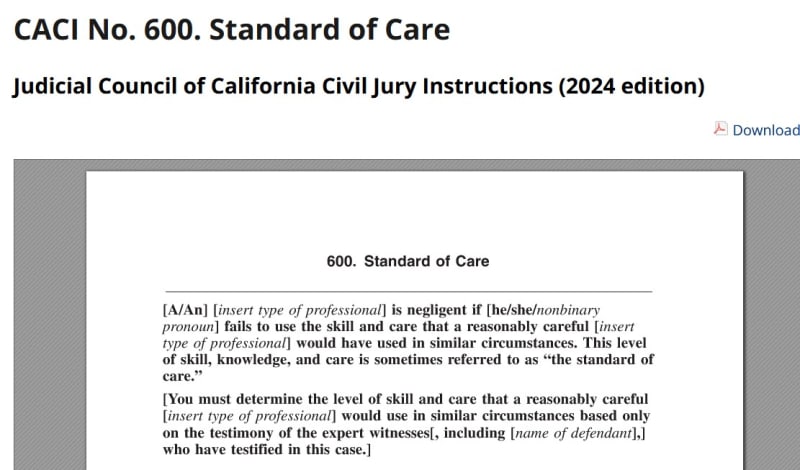

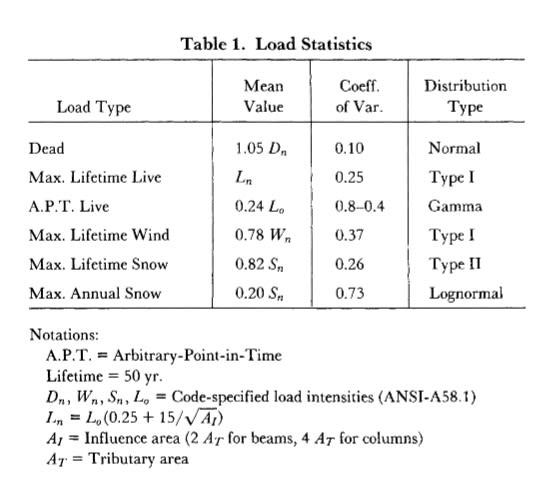
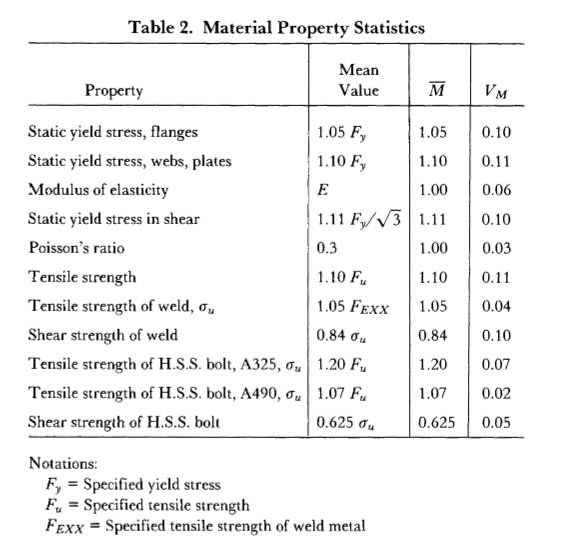
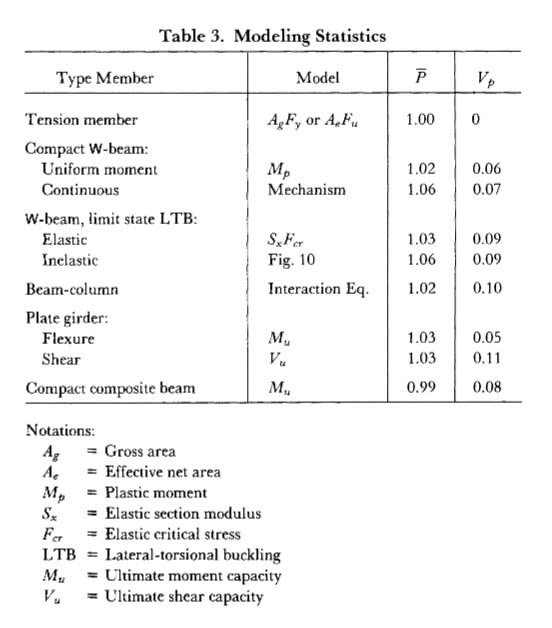
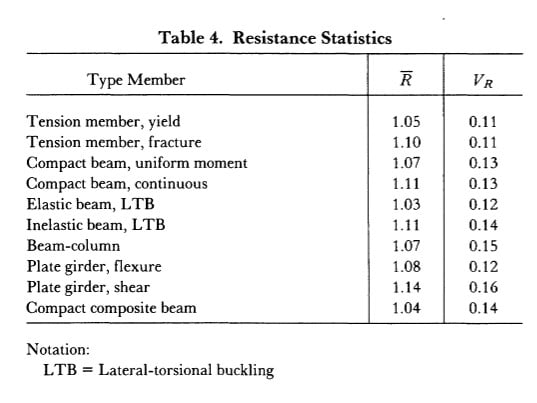
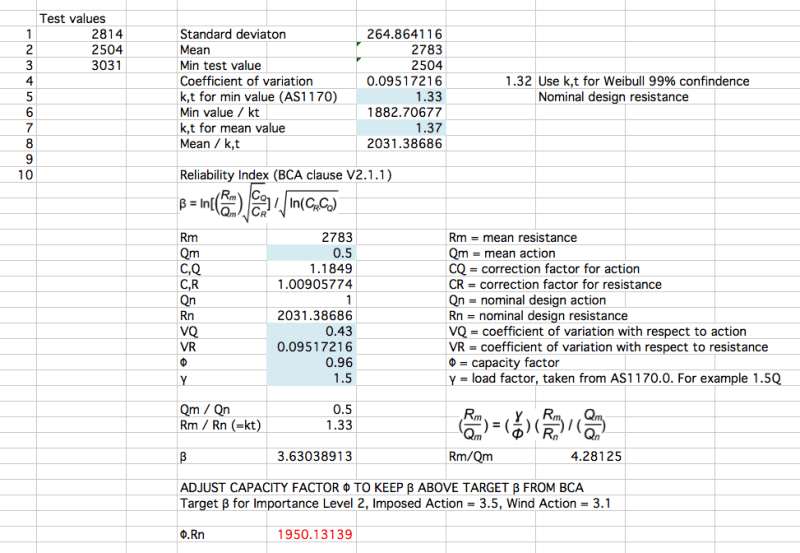
![[peace] [peace] [peace]](/data/assets/smilies/peace.gif)